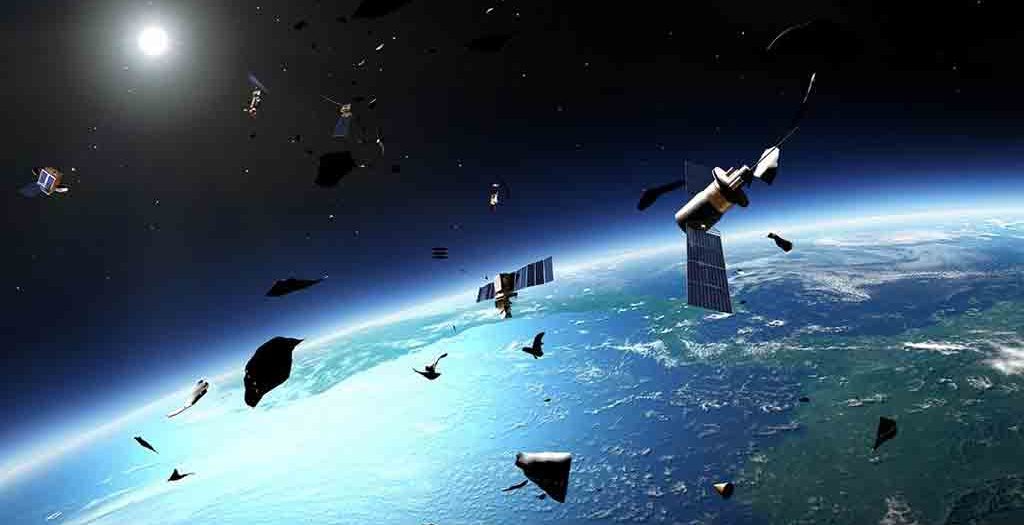According to the National Oceanic and Atmospheric Administration (NOAA) of the United States, it is already possible to see traces of traffic and the profit-driven space race in stratospheric aerosol.
Troy Thornberry, a research physicist at NOAA’s Chemical Sciences Laboratory, pointed out that in the stratosphere there is now “a lot of material that had never been there before, and that’s something we’re looking at, as well as the large mass of material that has been launched outward.”
On the other hand, an article from CNN in Spanish noted that some 70 years after the launching of Sputnik, there are so many machines flying through the space that they could become “light pollution” that prevents the study of other galaxies with terrestrial telescopes.
“There is also space debris: about 30,000 objects larger than a softball are hurtling a few hundred kilometers above the Earth, ten times faster than a bullet,” the text adds.
According to the NOAA study, 10 percent of the particles in the upper atmosphere now contain bits of metal from rockets or satellites that fall out of orbit and burn up.
That same report predicts that man-made debris will make up 50 percent of stratospheric aerosols in the coming decades, matching the amount created naturally by the galaxy.
Despite those warnings, there are currently more than 8,300 satellites in orbit, and predictions of how many will soon join them are increasing, according to the tracking site Orbiting Now.
 Escambray ENGLISH EDITION
Escambray ENGLISH EDITION





Escambray reserves the right to publish comments.